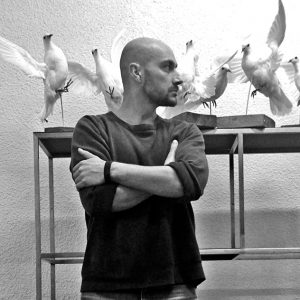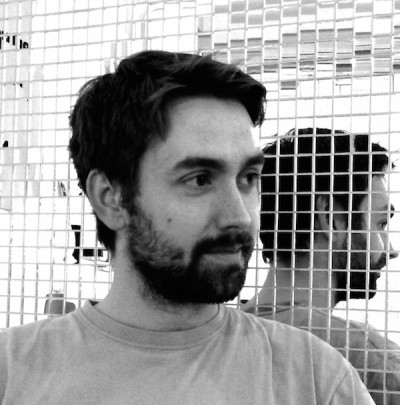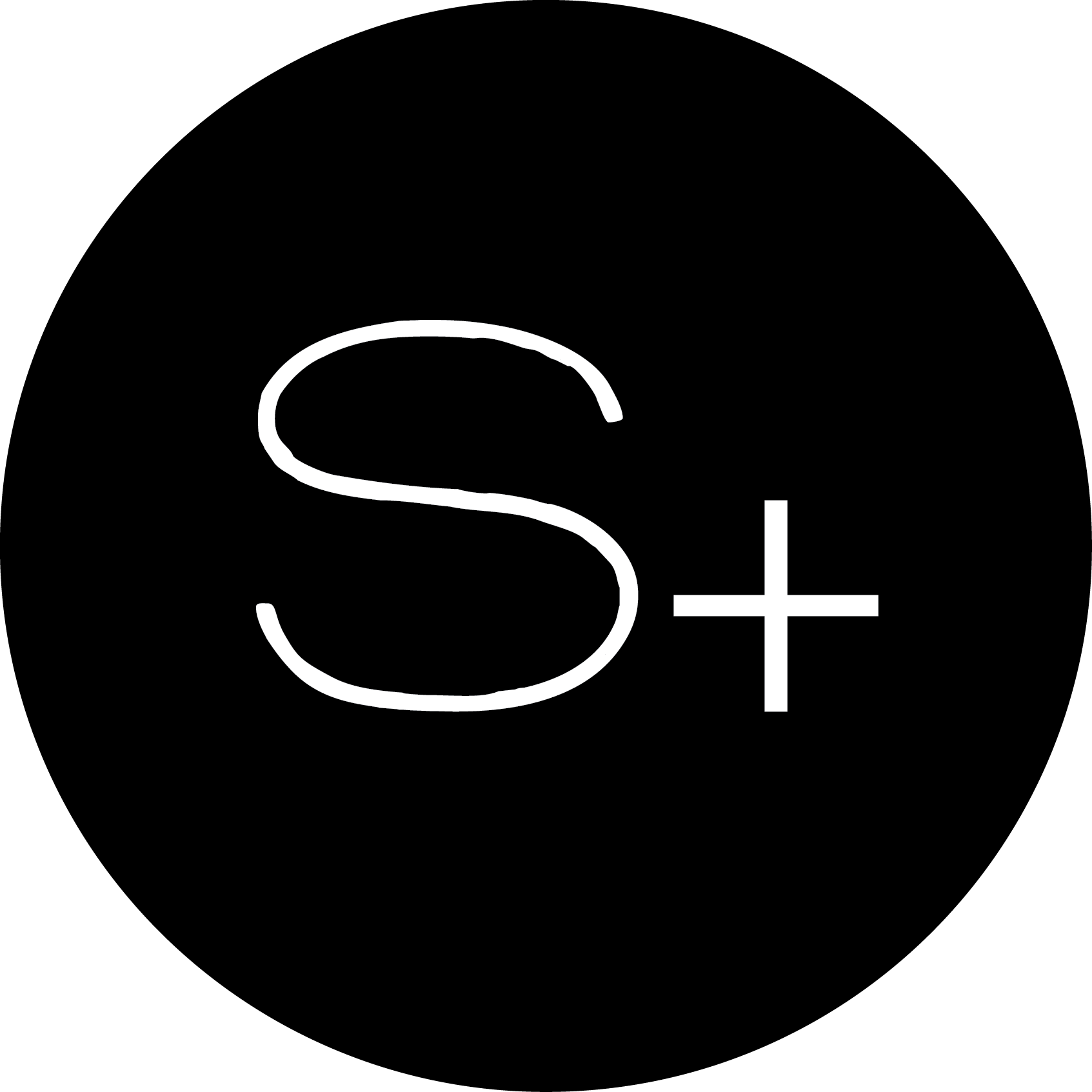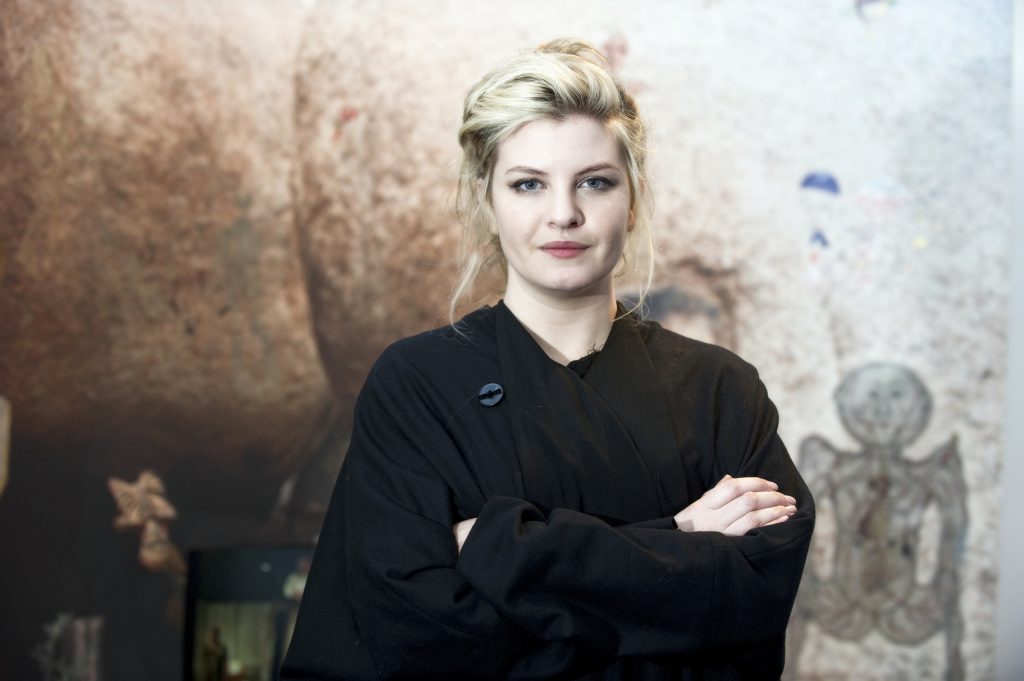
Photo by Uwe Niklas – courtesy of Galerie Tanja Wagner, Berlin
MARIECHEN DANZ: Origin and Remains
MARIECHEN DANZ was born in 1980 in Dublin, Ireland, and lives and works in Berlin.
Danz’ work takes communication and the transmission of knowledge as its starting point, placing the body at the center of her practice. In sculptures, drawings, costumes and installations she calls into question the expressive capabilities and incapabilities of language, the legibility and hierarchy of signs, and the primacy of Western conceptions of reason. Danz further activates the works through staged vocal performances that seek to further elaborate on and extend their themes. The human body functions as the primary place of investigation for Danz’ work – the body as a metaphor, as origin and remains.
Danz studied at the Universität der Künste, Berlin, the Gerrit Rietveld Academy, Amsterdam and received her Masters in Art & Integrated Media at the California Institute of the Arts in 2008. Her work has been featured in institutions such as Kunsthaus Bregenz, Palais de Tokyo, Paris, New Museum, New York & in solo shows at GAK- Gesellschaft für Aktuelle Kunst, Bremen, CAN Centre d’art Neuchatel and Kunstverein Göttingen. She is a recent recipient of the Berliner Senat Arbeitsstipendium (2016); the Karl Schmidt-Rotluff Scholarship (2014-2016) and the Villa Romana Fellowship (2013). As the band UNMAP, a collaborative project between Danz and Alex Stolze, they released their debut album Pressures on Sinnbus in 2013. She will take part in the exhibition Polyphonies at the Centre Pompidou, Paris, later this year.
See more work on her website here.
Interview by Lawrence Neil
Were you creative as a child? Was there a particular experience that made you want to devote your life to making art?
I am an embarrassing cliche : I was doodling or drawing on everything, including tattooing my entire school books.
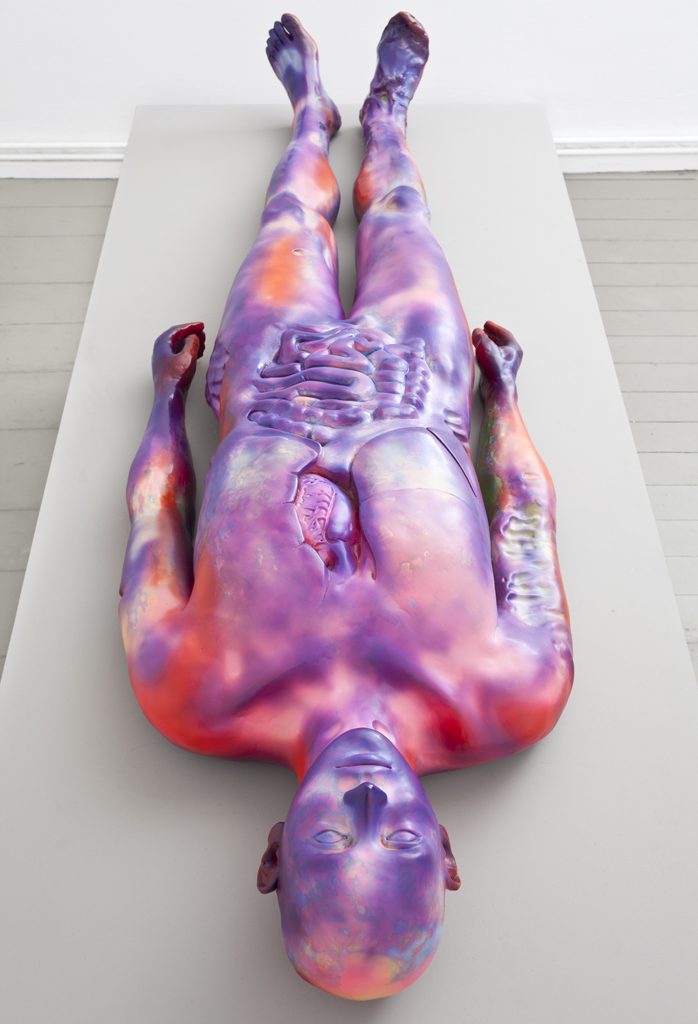
Womb Tomb, 2014 / 2015 – Courtesy Galerie Tanja Wagner, Berlin
You often explore neglected methods of physical expression and communication. In what ways do you think humans are not fulfilling the potential that our body holds?
I would say my interest is more specifically in tracing a history of communication – articulation or recording knowledge. I look at past, alternative and subaltern formats of knowledge transfer in order to expand on the limits of the 26 letters of the Latin alphabet and the resulting hierarchy we function in. So much language is taking place in front of the body – the voice as solely a tool to speak out loud an existing language. I am interested in the voice as the actual sound of the body, rooting it in the body itself and its functioning.
The human body is such a problematic zone – the history of anatomy is the perfect example of errors and misunderstandings that have defined and controlled society and continue to do so. I bring together different forms of physical and theoretical approaches to knowledge transfer, in order to level their individual positions and explore which approaches are subjectively most accessible.
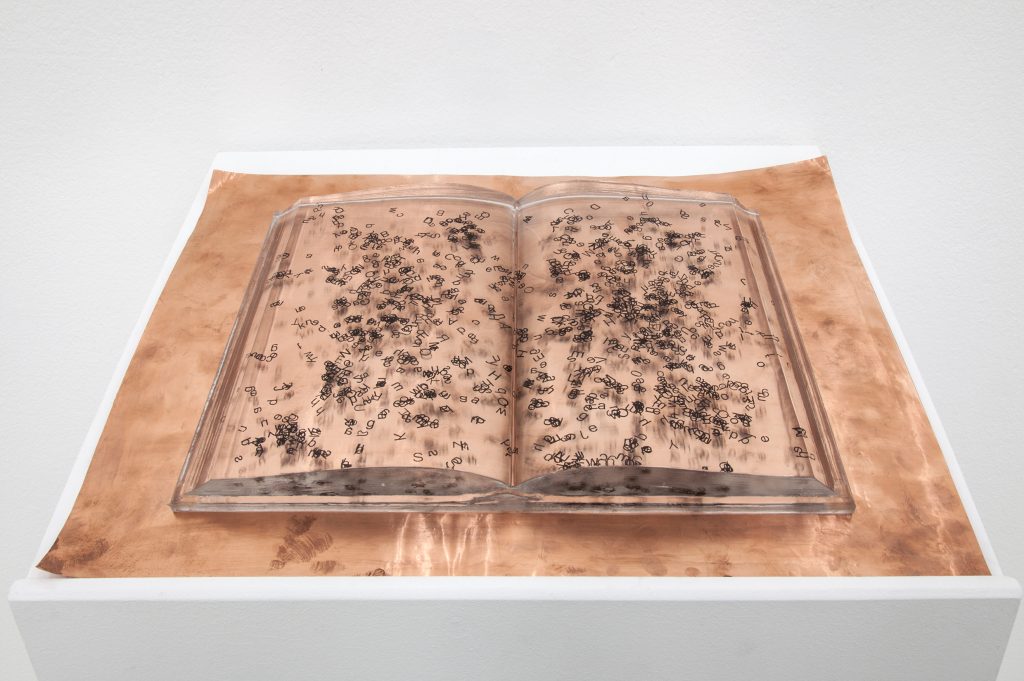
Book (unlearning) – entire histories are learnt by heart, 2013 – Courtesy Galerie Tanja Wagner, Berlin
At Seymour, we’re fascinated with altered states of consciousness. How does your states of consciousness vary between your vocal performances and your studio work?
My studio practice can be quite unfocused, in the sense that I am working on multiple projects at once and move between administration, research and actual production. My performance practice is the opposite : it is bringing all the different elements together in order to activate the artwork or installation. The act of speaking versus singing demands an embodiment that allows me to enter in and out of different mind sets – macro to micro to macro. It’s through this movement that an accessibility to the content is created and collapses again.
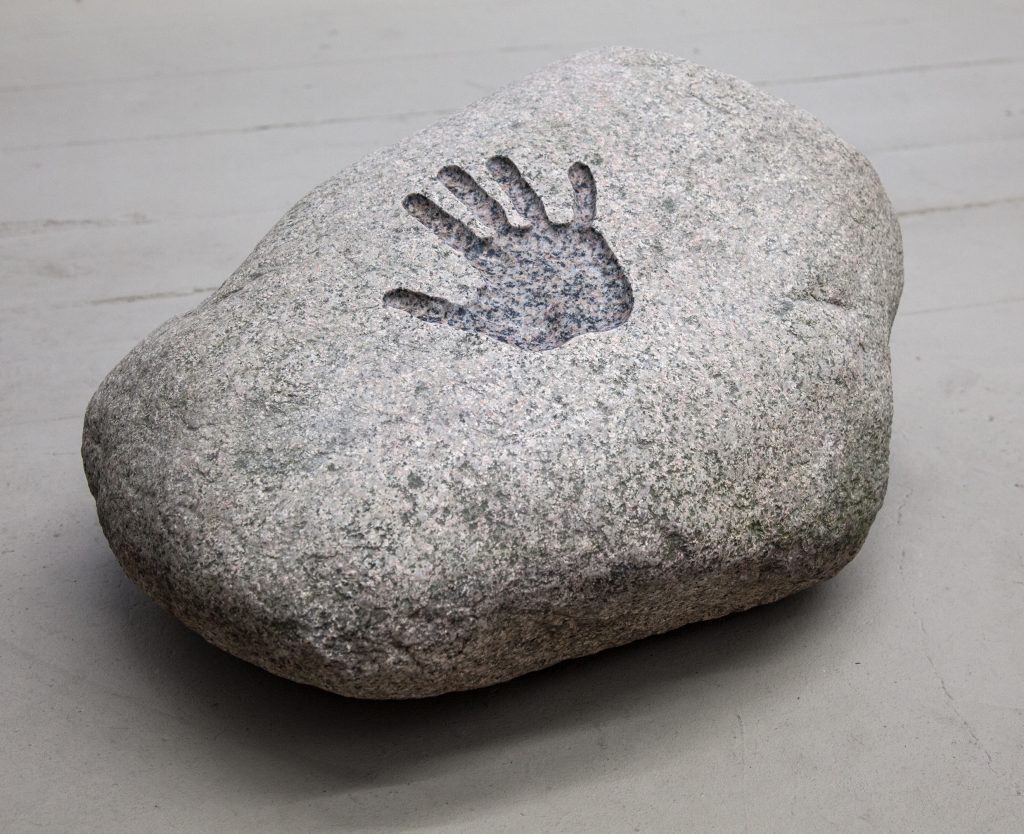
Imprint Pressures, 2013 – Courtesy Galerie Tanja Wagner, Berlin
A number of your pieces feature imprints of fingers or hands on apparently solid objects — where did this impulse to leave your literal mark come from?
On one hand I am interested in the beginning of actual mark making – imprinting – that first impulse and gesture. In the production of the figurative sculptures, I am not interested in the illusion of a humanoid body but rather I believe in them as revealing potential states. The marks of the hand in the material itself expose the works in their process of production, highlighting their man-made creation. I am interested in fossilizing an action, and the hand and body imprints promote the process-based nature of my work.
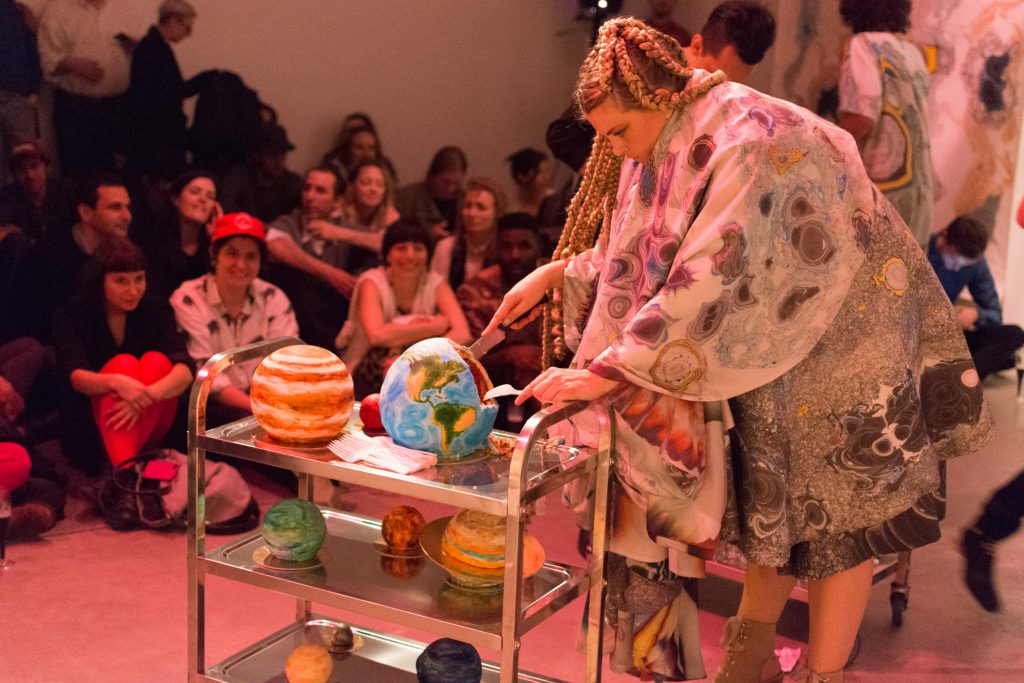
Clouded in veins: possible readings of Kerstin Braetsch’s Unstable Talismanic Rendering
Live performance with Alex Stolze at Gavin Browns’s Enterprise, NYC, 2014 – Courtesy Galerie Tanja Wagner, Berlin
In what setting do you feel the most creative?
Visions come during naps. Otherwise the complaint department is very inspiring 😉
How is your own identity reflected in your art?
There is no neutrality.
Published: June 23rd, 2016


